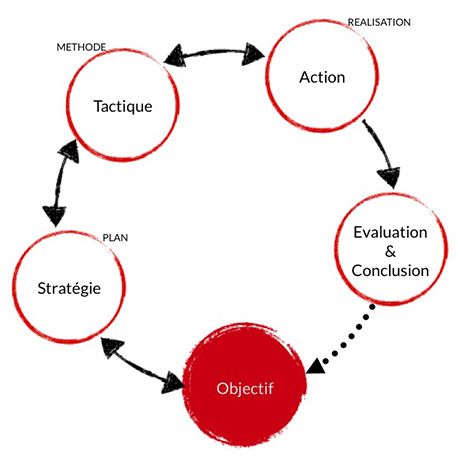
If you’re buying or selling a parcel of land, or you’re planning on excavating an area due to a building project then there might be a probability of soil or groundwater/surface water contamination due to previous contaminating activities. An environmental site assessment can be required to remove the legal and/or financial risks for the enterprise. Soil screening is the first step of environmental risk management. The goal of the process is to identify recognized environmental conditions. This means the presence or likely presence of any hazardous substances in, on, or at a property, due to any release to the environment.
First, ABESIM conducts a historical study of previous activities to identify potential environmental concerns and contaminants that are most likely to be found. Depending on the results of this study, samples of soil and groundwater are taken from the areas of environmental concern.
The results of this two-phase study will give an indication as to whether a site or property is contaminated or not, or there is a potential of being contaminated.
Collecting this objective information increases the legal and financial security connected to the property and allows you a clear vision on the following steps to be taken and the costs involved.
Keywords
Soil analysis orientation, technical report, subaqueous soil analysis, sludge analysis, indicator of contamination, environmental site assessment, sale of property, former polluting activities, environmental due diligence
Diagnostics

The first phase consists of working with you in deciding which information is necessary in regards to your needs and how we can offer the best results in a cost effective manner. We’ll then determine which approach would offer the best results in your particular case.
On the basis of a more detailed site investigation, we can refine the chosen approach. We can then implement the selected strategy.
After completing our work, we thoroughly evaluate the results. If necessary we will then perform additional research to either confirm or disprove the results.
